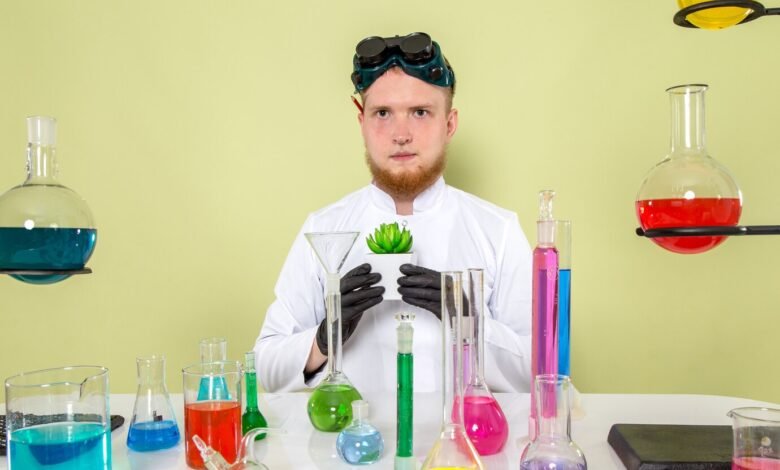Justin Timberlake Toxicology: An Exploration of His Impact

Introduction:
Justin Timberlake toxicology a name synonymous with the evolution of pop music, stardom, and groundbreaking performances, has also become a public figure whose actions and influence are analyzed from various perspectives. But beyond his fame as a singer and actor, the intersection of his career and the broader themes of toxicity—whether that’s in the public image, social media culture, or even health-related issues—raises interesting questions about the implications of fame and influence. This article delves into these elements of “toxicology,” exploring how Timberlake’s career intersects with perceptions of public health, celebrity culture, and societal impact.
1. The Influence of Celebrity on Public Health Perception
Celebrities like Justin Timberlake are more than just entertainers—they play a pivotal role in shaping public opinion, lifestyle choices, and even health trends. Through their visibility, they can unintentionally impact public attitudes toward health issues, from mental health to substance use. Timberlake’s personal life and his interactions with fans often transcend beyond music, influencing millions of people who look up to him. When his image or behavior is perceived as “toxic,” whether through a controversial incident or the pressure of fame, it serves as a case study in how celebrity can alter perceptions of what is acceptable or healthy in society.
2. The Dark Side of Fame: Navigating Public Scrutiny
For years, Justin Timberlake has been a subject of intense media scrutiny, from his early years with *NSYNC to his solo career and personal life. While much of his career is celebrated for its success, his involvement in public controversies, such as his past relationship with Britney Spears or his actions at the Super Bowl halftime show with Janet Jackson, has sparked public backlash. This toxic relationship between celebrity and media scrutiny often affects both the public and the individual. In Timberlake’s case, these moments of crisis became learning experiences for fans, but also highlighted the mental health challenges many celebrities face when dealing with toxic public reactions.
3. Toxicity in the Social Media Age: The Justin Timberlake Effect
Social media has dramatically changed how celebrities interact with their fans, for better or worse. Justin Timberlake toxicology has used platforms like Twitter and Instagram to build a closer relationship with his audience, but the immediacy of these platforms can also lead to misunderstanding, backlash, and a toxic environment for public figures. Cyberbullying, misinformation, and harsh critiques are all too common in the digital age, and Timberlake has not been immune to these challenges. His experience reflects how online communities can amplify both the positive and toxic aspects of celebrity culture, where a single post or comment can lead to widespread backlash or adoration.
4. Substance Abuse and the Pressure of Success: A Look at Celebrity Toxicology
In the world of celebrities, the pressure to maintain a perfect image can sometimes lead to unhealthy coping mechanisms, including substance abuse. While there is no direct evidence that Justin Timberlake has struggled with these issues publicly, the general narrative in the entertainment industry suggests that the combination of high expectations, mental health strain, and constant public visibility can make celebrities vulnerable to unhealthy behaviors. Analyzing the “toxicology” of fame involves recognizing the external and internal pressures that contribute to these issues, especially when it comes to the accessibility of substances and the unrelenting demands of success.
5. The Impact of Toxicity on Relationships and Personal Growth
The public nature of Justin Timberlake toxicology relationships, whether with his former *NSYNC bandmates, past romantic partners, or his wife Jessica Biel, has been a part of the broader narrative surrounding his career. His ability to navigate these relationships while maintaining a successful career is an example of how toxic public narratives can affect personal growth and the ability to move past personal or professional failures. Learning how Timberlake has reconciled these challenges offers insight into the effects of fame on one’s personal journey.
6. Addressing the Future of Toxicity in Celebrity Culture
Looking ahead, the future of celebrity culture—and by extension, how toxicity is handled in the spotlight—remains a complex and evolving topic. As social media continues to dominate, the conversation around mental health, public image, and the concept of toxicity is more important than ever. Timberlake’s experiences in dealing with the public’s perception of his character and actions offer valuable lessons for both future generations of entertainers and the audiences that follow them. Understanding how celebrities can use their platforms for positive change while managing the pressures of their industry may help shift the narrative surrounding toxic celebrity culture in the future.
Conclusion:
Justin Timberlake’s journey in the public eye illustrates the complexities of fame in the 21st century. The concept of “toxicology” in his career goes beyond traditional definitions of physical substances, encompassing the toxic aspects of fame, public opinion, social media, and personal struggles. By analyzing Timberlake’s experiences, we gain a deeper understanding of the broader implications that toxic public scrutiny can have on both the celebrity and society as a whole
